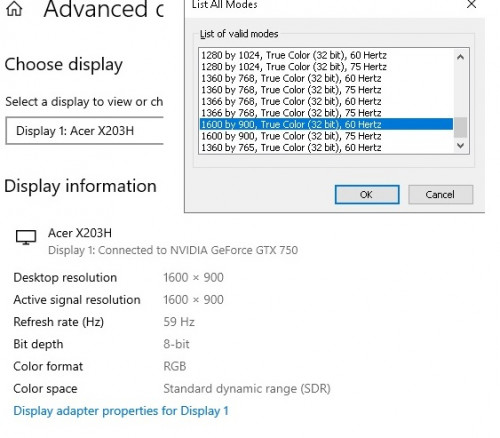

Now, look at the bottom of all the listed options and settings, you will find the option, Advanced Display Settings, click on it. Step 2: Look for Advanced Display Settings Right Click anywhere on the desktop, and then go to the Display Settings. Step 1: On the Desktop, Right-Click and Open Display Settings If you are not sure about the refresh rate of your computer monitor, you can simply check it in an easy manner.
DESKTOP FRAME RATE TEST HOW TO
Let’s get right into it! How To Change Monitor’s Refresh Rate In Windows Yes, you can check and confirm the max refresh rate that your monitor supports, in just a few simple steps.

Well, if you are one of them, it’s never too late to learn something new. It would seem quite silly to some of you, but there are many people out there who have no idea about the actual refresh rate of their monitors. Obviously, if you compare a 144Hz monitor with a 60Hz one, viewing 144 frames per second is definitely going to feel better than viewing 60 frames per second, right! So, it simply means that a higher refresh rate monitor such as a 144Hz one will feel smoother. In other words, if you are using a 60Hz monitor, it means that you are viewing a total of 60 different frames, in just about 1 second. For instance, let’s suppose you are using a 60Hz monitor, so the Hz is used here to refer to the frequency of frames that the monitor is capable of refreshing or loading, every second. Since there are multiple frames being refreshed at a good pace, all the elements on the monitor seem like a video. So, if you are a complete beginner, and have no prior knowledge about refresh rates, you should get your basics right first! Anything that seems moving on your computer monitor is just a collection of images or say frames.

The result is that even when the system is capable of rendering an individual frame faster, it must wait for the VR SDK before moving on to the next frame. The concept is similar to vertical sync on a desktop monitor, though the implementation in the VR SDK is more complex. This means that the frame rate is capped to a maximum of 90 FPS. When running on an HMD, the system is always locked to the refresh rate of the headset, which is 90 Hz for both the HTC Vive and Oculus Rift. When running on the desktop, there is no SDK overhead, which enables the system to achieve a higher frame rate. This time is used for reading the sensors, motion prediction, techniques like asynchronous time warp and frame reprojection, and for image manipulation to allow for lens distortion. The VR SDK reserves 1–3 ms of time for each frame, depending on the HMD and the state. When running on an HMD, however, there is additional CPU overhead. To achieve 90 FPS, the system must create and present each frame within 11 ms. The difference is explained by VR SDK overhead and HMD refresh rate. The target frame rate for desktop mode, however, is higher than the target frame rate for HMD mode. The benchmark workload is the same whether it is run on an HMD or on the desktop. Solution home VRMark Getting started Target frame rateĪ system is said to have passed the benchmark when the average frame rate during the run meets or exceeds the target frame rate for the test.


 0 kommentar(er)
0 kommentar(er)
